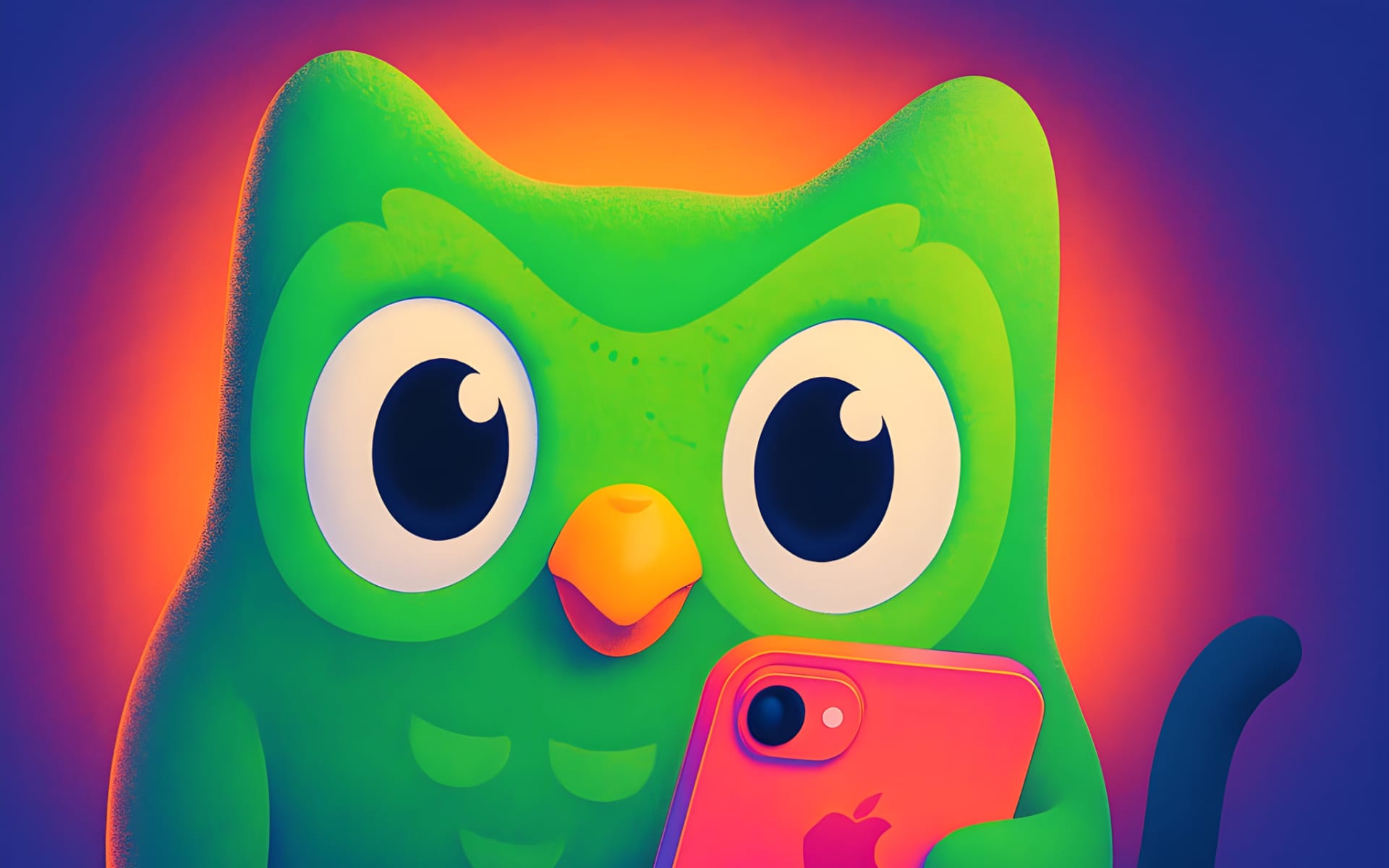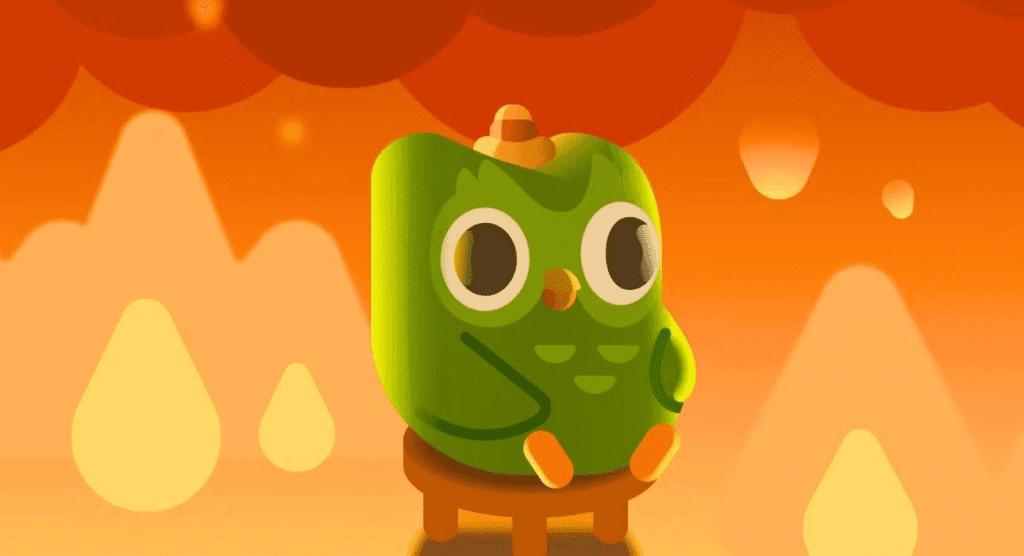We’re swimming in ads these days, and honestly, attention’s just something you rent for a sec. But influence? That’s the stuff you own, and it sticks with people. Whether you’re dropping a new product, switching up your brand, or trying to win over a fresh crowd, influencers can do what boring old ads can’t— they make folks actually give a damn.
From Impressions to Real Vibes
Most ads interrupt your scroll, right? Influencers, though? They slide right in like a friend chatting. When someone you trust raves about a product, it’s not some sales pitch—it’s their take, and that changes how people see your brand.
Check this: 61% of us trust what influencers say more than some polished brand post. That’s not just likes—it’s real feels. And in branding? That’s the gold, bro.
Micro Influencers, Big Wins
Forget chasing celebs with millions of followers. In 2025, it’s all about those micro and nano creators—10K to 100K followers—who are killing it. They’ve got mad engagement, nail niche crowds, and keep it real, not botty.
Take a mom blogger with 25K followers in Sharjah—she might outsell a big-shot celeb when it comes to baby stuff. Relevance over reach, every time.
Your Brand’s Visuals, Made Human
Let’s be real: even the slickest brand pics can feel kinda fake. Influencers bring that human touch—raw, relatable, and straight-up cool. Think unboxings or “day in my life” vlogs that people actually watch and save.
And the best part? You can reuse that gold in ads, toss it into emails, or slap it on product pages for instant cred.
Jumping Into Culture
Trends don’t kick off in some stuffy office—they start with creators in their rooms. Wanna be part of the hype? Whether it’s Ramadan in UAE, Onam in Kerala, or K-drama memes on Insta, influencers can weave your brand into those moments.
That’s culture cred, bro—the rarest kind of brand love.
Stick With It, Not One-and-Done
Most brands drop one post and call it a day—like hitting the gym once and expecting abs. Long-term collabs with creators build that “oh, they’re with that brand again!” vibe, plus trust and recall. Branding’s all about showing up, and influencers are your hype squad.
Content That Lives, Bro
Unlike ads that vanish when the budget’s gone, influencer posts hang out on their profiles for months—sometimes years—pulling in organic views. You can even license them for ads or retargeting. You’re not just buying a post; you’re investing in realness, staying power, and shares—and legit brand buzz, not sketchy clicks.
What We’re Up To at Social Donut
At Social Donut, we’ve got an AI-powered Content Studio making this easier: matching creators to your crowd, whipping up briefs with AI, and turning their stuff into killer ad assets. Influence ain’t luck—it’s a system, and we help you run it.
TL;DR
Influencers aren’t just content makers—they’re trust builders, culture connectors, and brand champs. Ditch the ad-only grind; with influencers, you’re owning the conversation. Stop yelling, start vibing!






